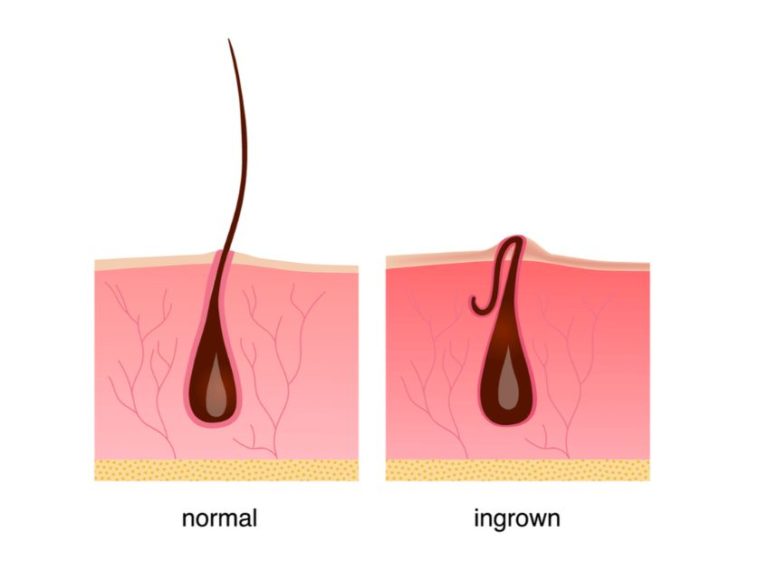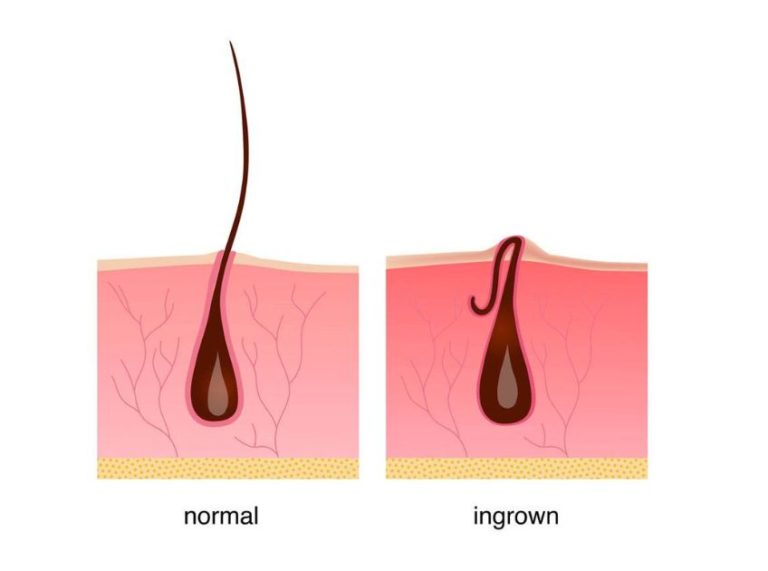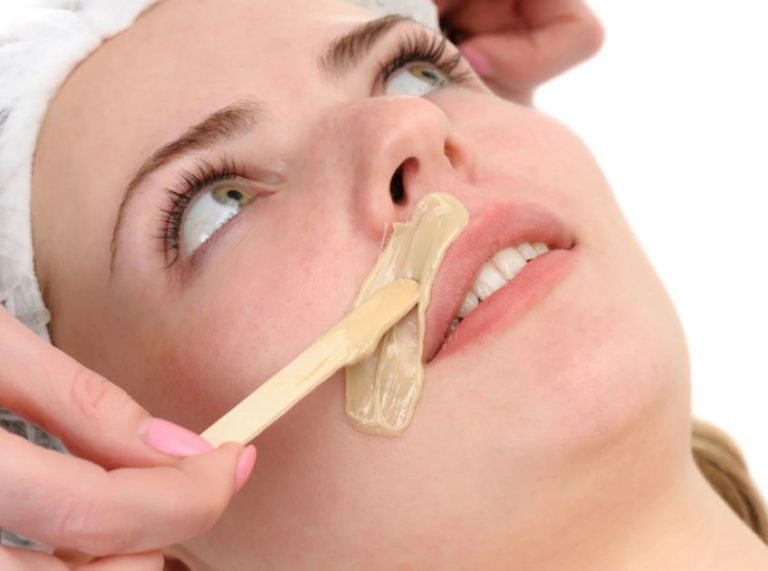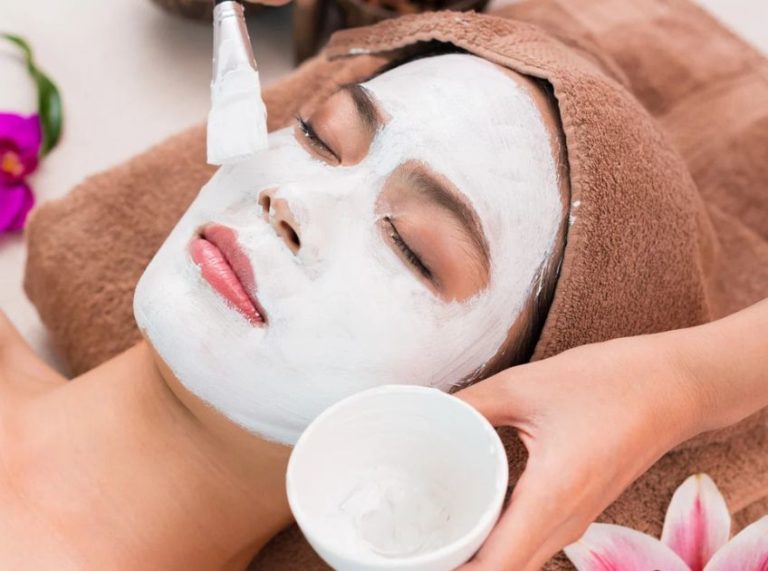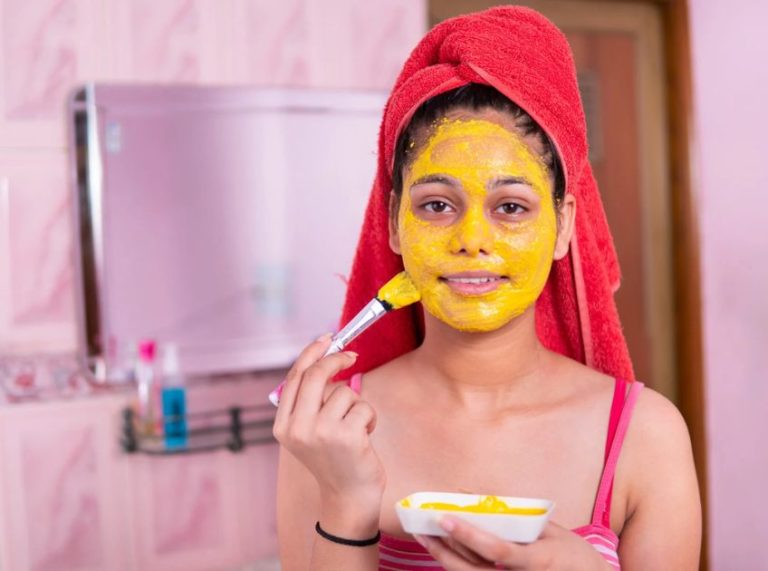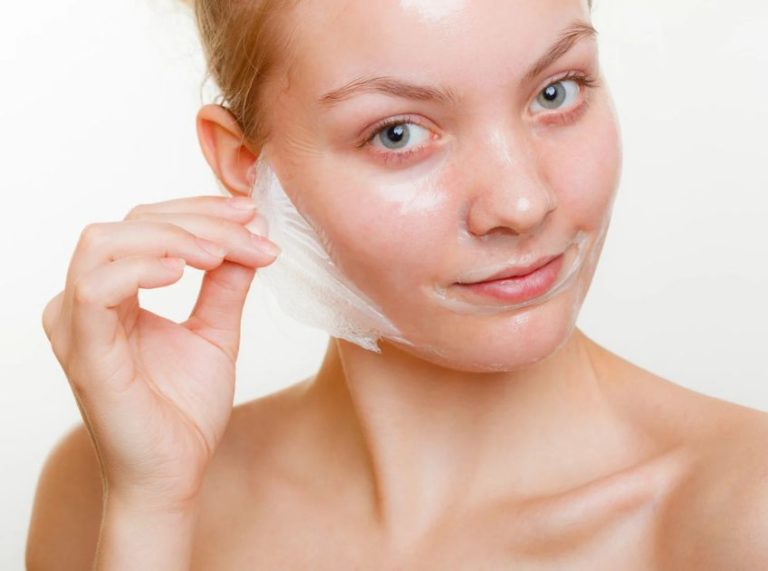
Important: This article is for informational purposes only. Please read our full disclaimer for more details.
While some people like their natural hair color and keep it that way, others love playing with different hair colors. There are various kinds of hair dyeing styles performed mainly by specialists.
Hair bleaching is one of the standard practices in hair dyeing (1). In the process, bleach is applied to hair primarily to lighten the hair color or to prepare the hair for a new color. Even though it’s a must to apply bleach to get the desired hair tone, people stumble upon different queries while bleaching hair.
In this regard, one of the most frequently asked questions is, can you bleach your wet hair? If you are also confused about it, keep reading to find the answer. In this article, we will discuss whether it is safe to bleach wet hair and why it is required.
Hair bleaching is one of the oldest haircare trends that people still love to alter their hair color. Today, it is primarily used to lighten the mane for various hair dyeing styles.
When you want to color your hair in different shades or simply add highlights to the locks, the first step is hair bleaching. Some people also bleach their hair just to get a blonde look. The chemicals present in hair bleach reduce the pigment from your hair strands and quickly fade its natural color. This reduction of pigment that results in faded natural hair color makes hair color many shades lighter.
Now, the dye is applied to the shafts, which readily absorb the color and reflect the new color of your mane.
Just like hair color, bleach can be hard on your hair texture and damage the shafts. Therefore, using it with caution and taking all the preventive measures ensure safety of your hair to some extent. It is when knowing whether bleaching wet hair is beneficial or not becomes important.
Is It Safe to Bleach Wet Hair?

Yes, it is safe to bleach wet hair; however, it would be best if you avoided it to practice at home yourself.
In the hair salon, hair experts take proper precautions while wet bleaching your hair. The colorist will not give you a full head wash, instead, they will spritz water to your strands with a bottle or give a quick rinse.
In general, it is not a wise idea and definitely not recommended to wash your hair before the bleaching process (2). The natural oil in our hair works as a natural protective barrier against the harsh chemicals and safeguards the shafts and scalp. Since bleach contains strong chemicals that can easily dissolve hair pigments, they can cause severe damage to the hair and scalp too, especially when used irrationally.(3)
When to Bleach Wet Hair?
While applying bleach to wet hair is not typically done, there are a few hair dyeing techniques and reasons that require bleaching on wet hair. These are the following-
1. For Quick Hair Lightening
When the hair is wet, the bond between keratin weakens, opening up the cuticles, making hair prone to damage as well as readily absorbing the color. That is why the bleach can operate quickly on wet hair.
So, if you are in a time crunch and want to bleach your hair, you can use the wet hair bleaching technique and get an instant result. But don’t forget, in this way your hair is highly likely to get damaged.
2. Light Color Transition
If you want to get a light color transition, applying bleach on wet hair proves beneficial. It is because the water on the hair will tend to dilute the bleach, giving a lighter version.
So, if you wish to bleach your hair and want a softer color, go for hair bleach on wet hair instead of dry.
Precaution for Bleaching Wet Hair
Bleach contains strong chemical agents that remove the natural pigments from the hair. Wet hair is more susceptible to damage, it is crucial to ensure the safety of the scalp and hair health. Therefore, general precautions should be taken while bleaching to ensure hair health.
- Reduce the volume of developer : Usually, a high volume of developer is used while bleaching for getting quick results. But when applied to wet hair, you must reduce the developer volume. This lowers the risk of damage to the hair while bleaching.
- Avoid scalp: Bleach should not be touched to the scalp. The harsh chemicals of bleach can cause scalp irritation. If there is product buildup, over time, severe scalp issues may arise that eventually hamper hair health and can lead to hair loss. It is the reason why it is mostly recommended to get bleaching done by experts.
- Reduce processing time: When you bleach wet hair, it is advised to reduce the processing time to 15-30 minutes. The hair should be checked every 10 minutes to ensure the target result. Tracking the time can help prevent hair damage considerably.
Conclusion
Hair bleaching is easy but should always be done with extreme precautions and safety measures. It is the only way to keep hair healthy, even when harsh chemicals like bleach are administered.
Now that we have answered, can you bleach hair wet as an unhealthy practice, try not to do so. The best will be visiting a salon to get hair color instead of trying at home, where you can make hair more prone to damage.
Image Source : canva
Related Articles
- How To Get Blue Out Of Hair
- How To Fix Over Toned Hair
- How to Remove Toner from Hair
- What Does Toner Do To Hair
- What Does Hair Toner Do To Highlights?
- 7 Best Toners For Orange Hair
- 7 Best Bleach For Dark Hair
- How To Bleach Dreads
- How To Bleach Your Skin At Home – 6 Best Ways
- How To Fix Bleached Hair That Turned Yellow
- What Happens When You Drink Bleach?
- How Often Can You Bleach Your Hair?
- How To Mix Bleach For Hair?
- How to Safely Bleach Your Hair with Hydrogen Peroxide?
- Stages of Bleaching Hair from Black to Lightning
- Does Baking Soda and Apple Cider Vinegar Lighten Hair?
- How To Lighten Hair With Hydrogen Peroxide?
- How To Make Bleached Hair Soft And Silky?


